[China Packaging Network] Aseptic packaging technology emerged in the late 1940s and gained significant traction since the 1960s with the development of plastic packaging materials. This innovation has opened up a vast market for aseptic packaging, offering benefits such as minimal nutrient and flavor loss, lower costs, ease of storage and transportation, and an attractive appearance. As technology advances, the equipment and materials used in aseptic packaging have become more sophisticated, leading to a growing market. In developed countries, aseptic packaging accounts for over 65% of liquid food packaging, highlighting its promising future.
What is Aseptic Food Packaging?
Aseptic food packaging involves sterilizing both the food (such as beverages, dairy products, and seasonings) and the packaging environment before sealing it in a sterile container. This process allows the product to have a long shelf life without refrigeration or preservatives. In simpler terms, aseptic packaging ensures that the packaging material, container, and contents are all sterilized before being sealed in a sterile environment. The term "aseptic" in the food industry refers to a condition where the number of non-pathogenic bacteria per gram of food is less than 10. If these bacteria do not multiply, the food remains safe for consumption even when stored at room temperature.
Sterilization Methods for Packaging Materials
Aseptic packaging includes sterilizing the packaging materials, the contents, and the environment. Common methods include chemical sterilization using hydrogen peroxide and ultraviolet (UV) light. These techniques ensure the safety and longevity of packaged products.
1. Chemical Sterilization – Hydrogen Peroxide
Hydrogen peroxide is one of the most widely used disinfectants in aseptic packaging. It is effective when used at concentrations between 25% and 30%, and at temperatures around 60-65°C. When heated, hydrogen peroxide evaporates from the surface of the material, enhancing its bactericidal effect. The sterilization process typically involves immersing or spraying the packaging containers with hydrogen peroxide, followed by heat treatment to remove any residue, leaving behind only water vapor and oxygen.
2. UV Sterilization
UV sterilization is most effective at wavelengths between 250-360 nm. It works by disrupting the DNA of microorganisms, preventing their reproduction. While UV sterilization is safe, cost-effective, and leaves no residue, it is less effective compared to chemical methods. Therefore, it is often used in combination with other sterilization techniques to ensure maximum effectiveness.
Common Aseptic Packaging Formats
There are several common forms of aseptic packaging, including aseptic cardboard, sterile cups, aluminum/plastic bags, and plastic bottles. Each type is designed for specific applications and offers unique advantages.
1. Aseptic Cardboard Packaging
This type of packaging uses a composite material made of cardboard, aluminum foil, and polyethylene. The cardboard provides structural support, while the aluminum foil acts as a moisture and oxygen barrier. Polyethylene is used as the inner layer for heat sealing. Aseptic cardboard packaging is commonly used for dairy products, juices, and beverages, with capacities ranging from 200 to 1000 ml.
2. Sterile Cup Packaging
Sterile cup packaging uses multilayer co-extruded sheets, such as NAS sheets, which feature a peelable outer layer. These sheets are designed to maintain sterility during the packaging process. They also incorporate high-barrier materials like PVDC or EVOH to extend shelf life. This type of packaging is ideal for products requiring long-term preservation without refrigeration.
3. Aseptic Bag Packaging
Aseptic bag packaging is suitable for larger volumes, ranging from 5 to 1000 liters. It is often used for thick stock or base materials and can be directly sold to consumers. This format has largely replaced traditional metal or plastic buckets and eliminates the need for preservatives.
4. Aseptic Aluminum/Plastic and Plastic Bottle Packaging
These packaging formats use aluminum or plastic composites, often involving dry or cast lamination. Plastic bottles, especially those made from PP or PE, can be sterilized during molding and filled immediately. This ensures a sterile environment throughout the entire packaging process.
5. Aseptic Composite Paper for Liquid Foods
Aseptic paper packaging, particularly aluminum foil composites, is becoming increasingly popular due to its ability to maintain product quality for over 12 months at room temperature. Key technical considerations include proper surface treatment of the base paper, controlling the thickness of the PE layer, and ensuring the innermost layer meets safety standards. These factors contribute to the overall effectiveness and efficiency of the packaging system.
If you are walking in a park or in your own backyard, you can't help but stop and gaze at the small Water Fountain since it appears to be so healing. This circular garden water feature gives a modern garden space a sophisticated feel by giving it a fantastic industrial edge. The elevated, flat steel bed that makes up the garden water feature is completely submerged in water, bringing out the lovely tones of the worn steel below. A babbling spring of water bubbles up from the center of the bed and, when it falls, creates a ripple of concentric circles in the pool. The edge of the bed is lapped by pool water. made of naturally self-rusting corten steel, which doesn't need painting or upkeep to maintain its visual appeal without compromising its structural strength.
Adaptable contemporary design for both indoor and outdoor spaces
has all you need; there is no need for additional purchases.
| Name |
Corten Steel Garden Water Feature |
| Material | Corten steel |
| Size | 1200*400*1200mm or customized |
|
Surface |
Pre-rusted |
|
Technology |
Laser cut |
|
Application |
Outdoor |
| Steel thickness | 2 mm |
| Packing |
Pallet |
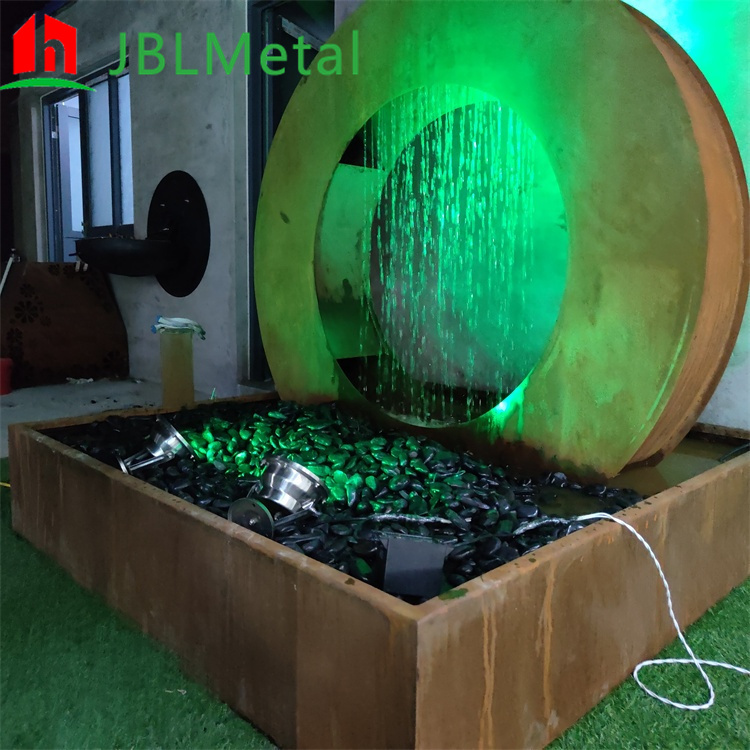
Features:
1. Corten steel - creates a durable, self-protecting rust that doesn't need painting or maintenance and offers a chic look without sacrificing structural strength.
2. Cascading blade: emits a lovely water sheet
3. The cascade's white LED light, which is integrated, illuminates the feature.
4. Appropriate for outdoor use.
5. Self-sufficient, requiring no ongoing water supply
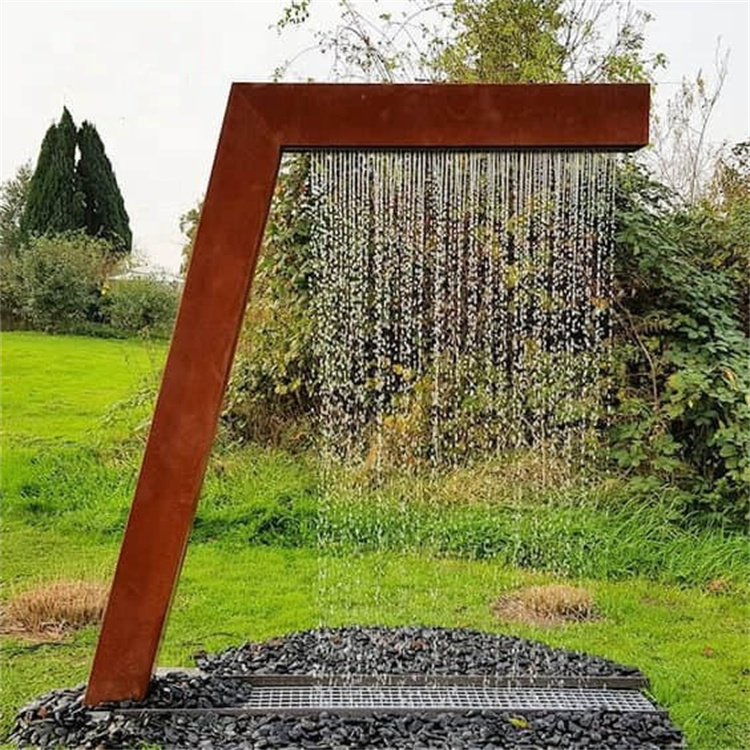
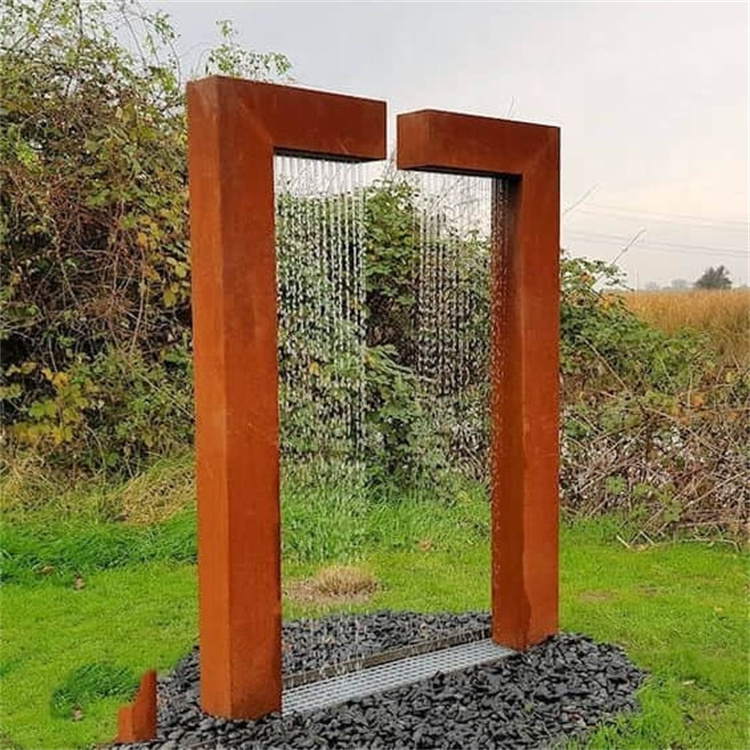
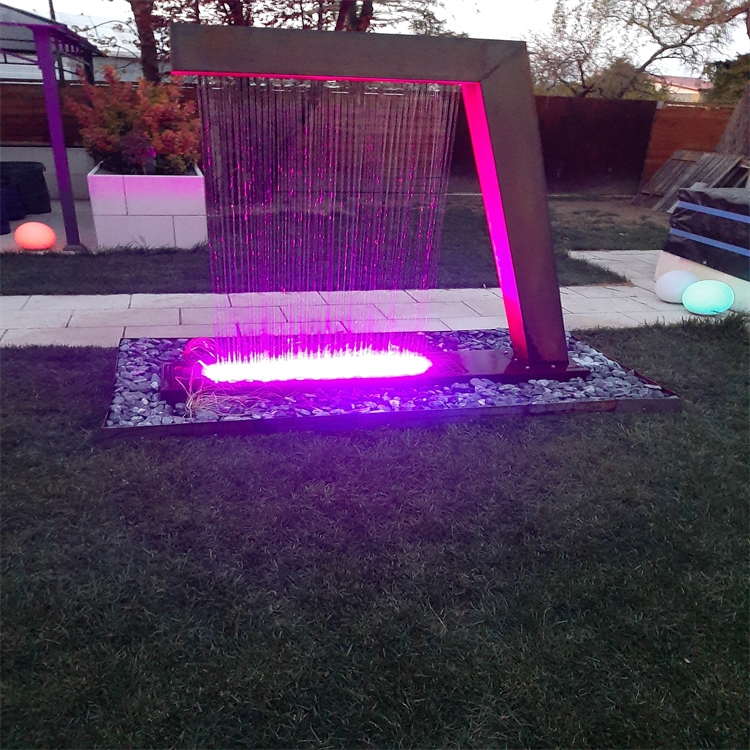
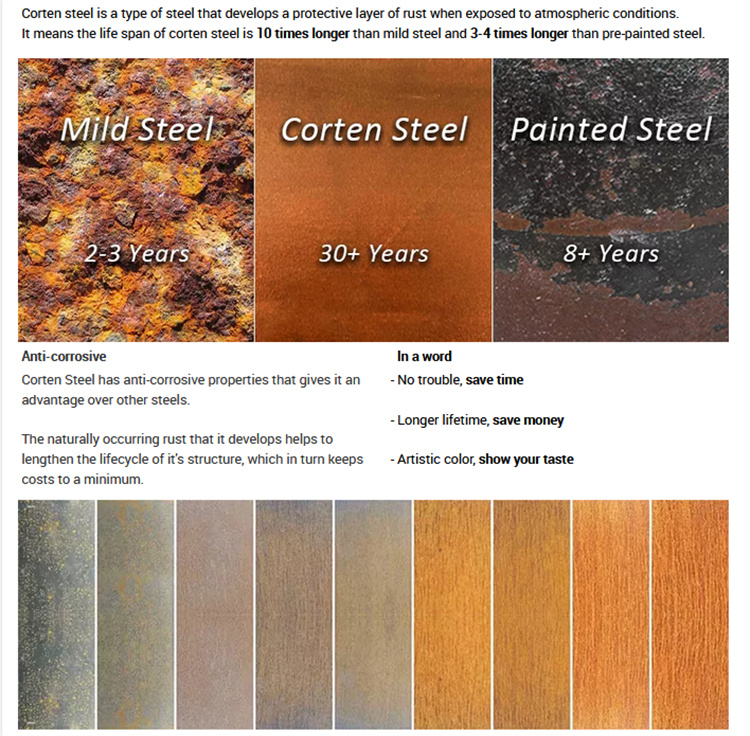
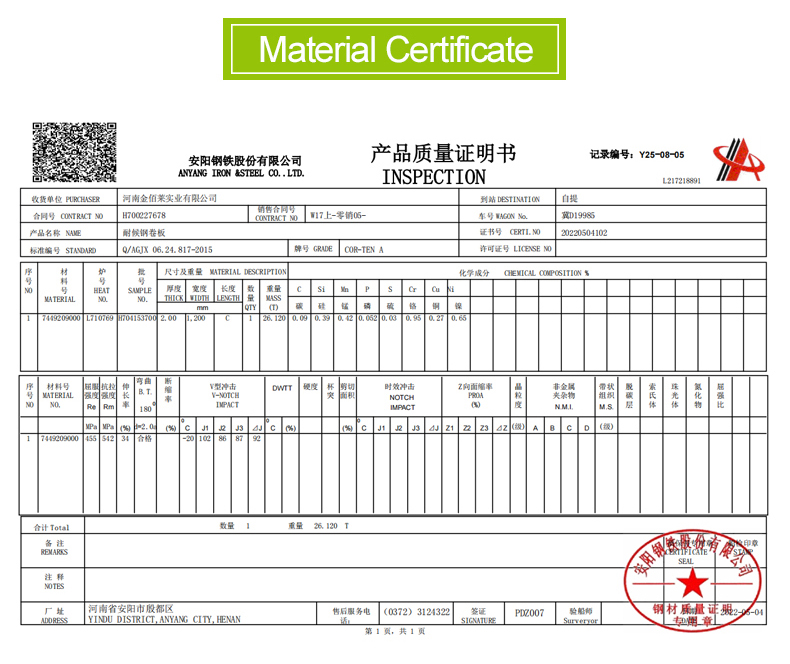
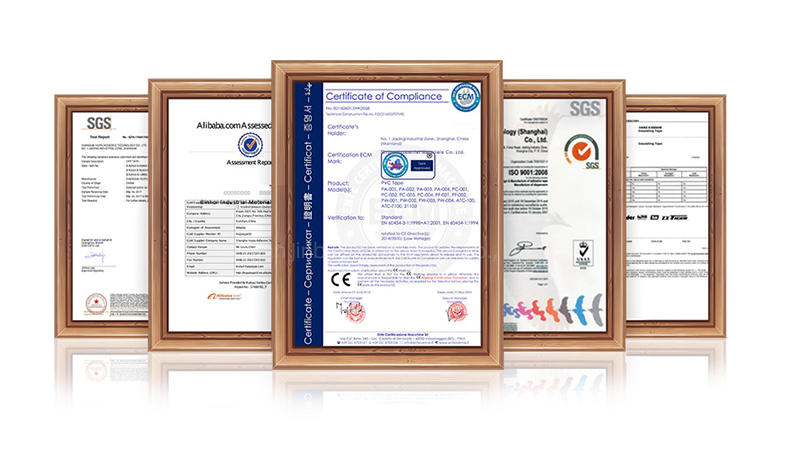
Water Feature,Garden Water Features,Backyard Water Feature,Patio Water Features
Henan Jinbailai Industrial Co.,Ltd , https://www.gardensteelarts.com